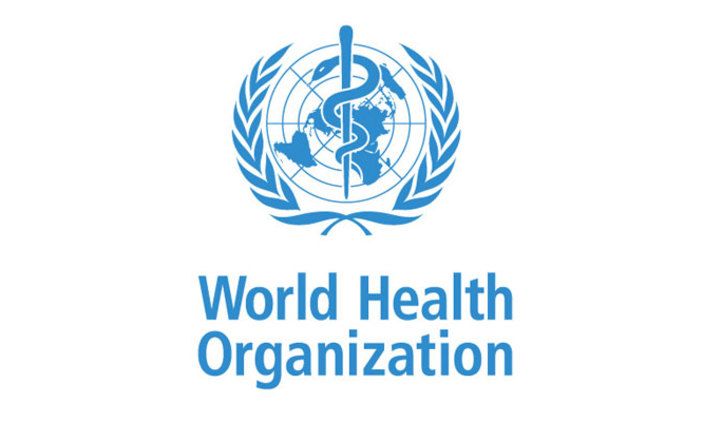WHO Prioritizes Antibiotics for Pediatrics
The WHO issued its first ever list of priority antibiotics for pediatrics to encourage research and development targeting needs of that population.

The World Health Organization (WHO) has issued its first ever list of priority antibiotics to develop or optimize for pediatrics, in the March 24 report, Paediatric Drug Optimization for Antibiotics, drawn from proceedings of a meeting held virtually in November 2022.
The list includes promising antibiotics which are either in development, or in use without approved indication for children; and those with approved indication for children but lacking some age-appropriate formulations.
"The development of medicines for children lags unacceptably behind that for adults by nearly a decade," observed report lead author Brian Jonat, MD, MPH, and WHO staff colleagues.
"Following the resolution at the 69th World Health Assembly on promoting innovation and access to quality, safe, efficacious and affordable medicines for children, WHO and partners have increased their efforts to deliver on this global commitment and have scaled up activities to ensure that age-appropriate formulations are available for children," Jonat and colleagues explained.
Among the WHO initiatives referenced in the report is the Global Accelerator for Paediatric Formulations Network (GAP-f), a WHO-hosted network that works across the life cycle of drug development to give priority to, evaluate, develop and deliver optimal formulations for children.
An additional WHO program, AWaRe, designates antibiotics by the categories of Access, Watch, and Reserve.Antibiotics in the Access category have a wide range of commonly encountered susceptible pathogens and relatively low resistance potential.Those in the Watch group are first choice agents for particular pathogens, but have higher resistance potential.Those in Reserve are considered last resort for infections confirmed or suspected of being multidrug resistant.
One WHO resource supporting "pipeline' development is the Bacterial Priority Pathogens List, which includes “critical” pathogens of concern for neonates and other children.Another, the WHO antibacterial pipeline analyses, provides overviews of antibacterial agents in preclinical testing.
The following licensed antibiotics are included in the report as necessary or potentially important for pediatric populations but requiring further work to optimize their application:amoxicillin-clavulanic acid, clindamycin, cloxacillin, nitrofurantoin, sulfamethoxazole-trimethoprim, trimethoprim, azithromycin, ciprofloxacin, clarithromycin, vancomycin (oral).
Examples of opportunities to optimize include: formulations requiring reconstitution or refrigeration which may pose a significant obstacle for use in low- and middle-income countries; parenteral products which require health-care worker expertise; and oral liquid dosage forms with excipients for stability that may be unsuitable for children.
The priority antibiotics in phase 2 and 3 clinical trials, or recently authorized in adults but not in children, are: cefiderocol, meropenem-vaborbactam, plazomicin, zidebactam-cefepime, XNW4107-imipenem-cilastin, durlobactam-sulbactam, taniborbactam-cefepime, enmetazobactam-cefepime, and aztreonam-avibactam.
Four medications are on the "Paediatric Drug Optimization" (PADO) Priority list:amoxicillin-clauvulanic acid, nitrofurantoin, azithromycin and cefiderocol.Amoxicillin-clauvulanic acid was noted to have insufficient data for specific renal dosing for children; and formulations which are not interchangeable, resulting in inaccuracies in doing ratios, particularly in settings with limited training and guidelines.
Nitrofurantoin was included on the PADO priority list as a drug of choice for lower urinary tract infections, the most common type of bacterial infection in children, but which has not been well studied in children younger than 12 years.In addition, it is not available in dispersible tablets, and the excipients in liquid formulations are of concern.
While ongoing studies of azithromycin may expand the indications in children to several major public health threats, it is also not available in dispersible tablets and has excipients of concern in the liquid formulations.The report also notes that exposure in the newborn period increases risk of developing pyloric stenosis.
Cefiderocol is categorized as a reserve antimicrobial for resistant gram-negative organisms such as carbapenem-resistant Enterobacterales, including Klebsiella species.It has demonstrated in-vitro and in-vivo efficacy against several organisms on the WHO Bacterial Priority Pathogens List, including Enterobacterales which produce metallo-beta lactamases for which there are few alternatives. The report notes that clinical trials involving children are ongoing.
In a press release coinciding with the report, John Reeder, PhD, a WHO chief scientist remarked "priority setting is the first step to enable a more targeted and efficient approach to research and development."
